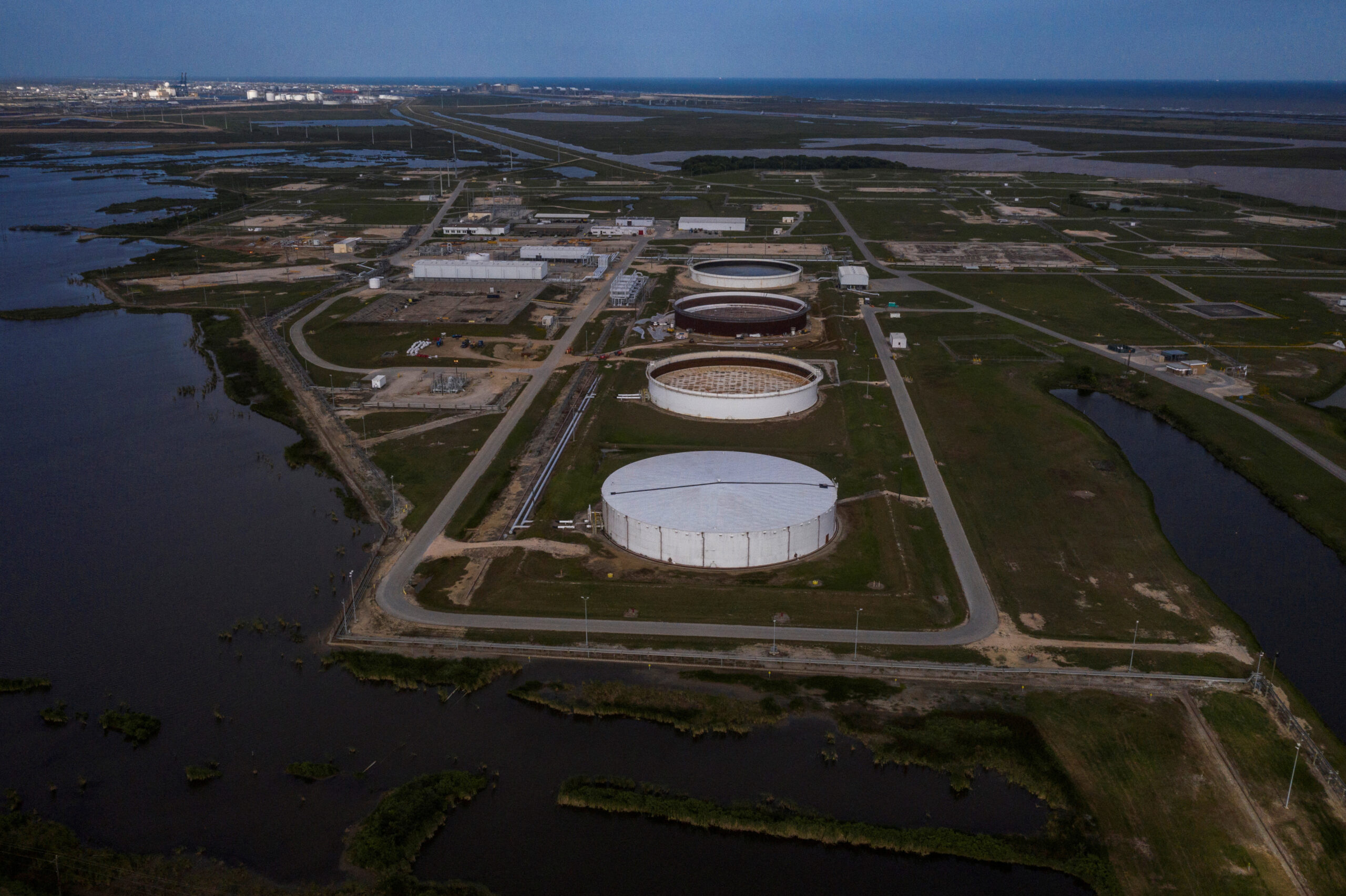
By Scott DiSavino
NEW YORK (Reuters) – Oil prices sank 4% to a five-week low on Tuesday along with a drop in Wall Street stocks on worries about a U.S. debt default and expectations fuel demand could suffer if central banks in the U.S. and Europe raise interest rates again this week.
Brent futures fell $3.38, or 4.3%, to $75.93 a barrel by 12:01 p.m. EDT (1601 GMT), while U.S. West Texas Intermediate (WTI) crude fell $3.41, or 4.5%, to $72.25.
That put both Brent and WTI in technically oversold territory and on track for their lowest closes since March 24.
Wall Street’s main indexes fell after Treasury Secretary Janet Yellen said the U.S. government could run out of money within a month, while investors awaited the Federal Reserve’s policy decision.
Read More: Oil prices stabilise after hefty losses
The cost of insuring against a U.S. default hit fresh highs after Yellen said the government will be unlikely to meet all payment obligations by “early June,” prompting President Joe Biden to summon four top congressional leaders to the White House next week.
Cloudy economic outlooks around the world also weighed on prices, analysts said.
“The unpredictable action of central banks in their mission to tame elevated consumer and producer prices, the rhetoric and action of consuming and producing nations have all cast a rather long shadow of doubt on prospects going forward,” oil broker PVM’s Tamas Varga said.
Investors will look for market direction from expected interest rate hikes by inflation-fighting central banks, which could slow economic growth and dent energy demand.
The U.S. Federal Reserve is expected to increase interest rates by another 25 basis points on Wednesday.
The European Central Bank is also expected to raise rates at its regular policy meeting on Thursday.
Concerns about diesel demand in recent months, meanwhile, pressured U.S. heating oil futures to their lowest level since December 2021.
On the supply side, the market shrugged off news the Organization of the Petroleum Exporting Countries’ (OPEC) oil output fell in April, as sanctioned countries Russia and Iran continued to find outlets for their crude.
Read More: Iran seizes oil tanker in Gulf, U.S. Navy says
“The post-OEPC+ gains have now been wiped out which suggests traders are now of the belief that the economic outlook has deteriorated to the extent that the output cut won’t create the deficit that was feared,” said Craig Erlam, a senior market analyst at OANDA.
OPEC+ includes OPEC and its allies like Russia.
Iran’s oil production has surpassed 3 million barrels per day (bpd), the country’s oil minister said on Tuesday. Iran pumped 2.4 million bpd on average in 2021 and has been under U.S. sanctions since 2018.
Iraq produced 3.938 million bpd of crude in April, down by 262,000 bpd from March, a source at state-owned crude marketer SOMO told Reuters.
In another factor that should provide some support for oil prices, a Reuters poll showed U.S. crude oil stockpiles likely declined about 1 million barrels last week, which would put inventories down for a third week in a row for the first time since December. [EIA/S] [EIA/A]
The poll was conducted ahead of reports from the American Petroleum Institute, due at 4:30 p.m. EDT on Tuesday and the U.S. Energy Information Administration (EIA) at 10:30 a.m. EDT on Wednesday.






